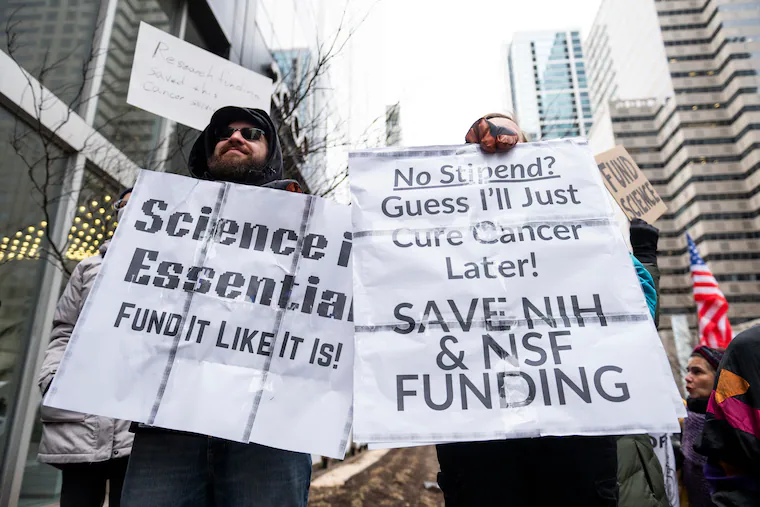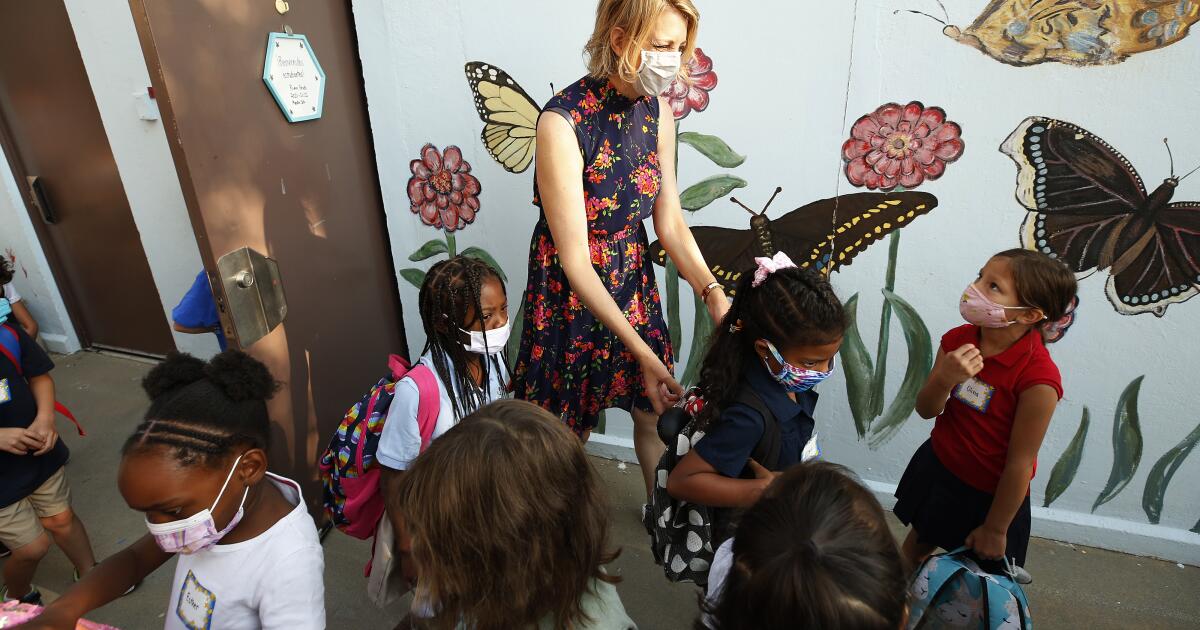Copyright The Philadelphia Inquirer

Ari Friedman has a list of proposals from scientists seeking coveted federal research funding, all stuck in limbo during the federal shutdown. Friedman’s work as a peer reviewer for the National Institutes of Health is a crucial part of the arduous system that the federal agency uses to disburse billions in grant funding each year. But the ongoing federal government shutdown has halted that process. Friedman, a physician and University of Pennsylvania professor, receives no salary for his work as a peer reviewer. During the shutdown now in its third week, he has been able to read the grant proposals slated for his review. But a meeting where he was set to discuss grant proposals and give them scores — a first step toward federal funding — didn’t take place last week. These meetings must be led by federal staffers, and NIH officials say they can’t take place during the shutdown. After a year in which the Trump administration has already cut research grants and held up grant reviews, Friedman is worried that crucial medical research and potential life-saving cures will be further delayed. The longer the shutdown continues, the less likely it becomes that grants will be reviewed on time. “Many, many, many months — years, at this point — of science progress for many promising research lines have been lost,” Friedman said. In a statement, an NIH spokesperson said that the agency is focusing on “mission-critical” tasks during the “Democrat-led shutdown.” Republicans, who hold slim majorities in the Senate and House of Representatives, are blaming Democrats for not helping them attain a budget compromise that would have continued funding. Democrats have demanded concessions from Republicans on critical issues like halting price increases for health insurance. ‘Another layer of chaos’ The NIH’s billions in funding for scientific research are allocated through an intense process that involves volunteer reviewers like Friedman, full-time scientific review officers at the NIH, and agency officials. After volunteer peer reviewers read and score grants, the proposals are considered by a national advisory council, NIH staff, and finally the directors of NIH’s 27 institutes and centers. Only about 5 to 10% of grants submitted to the NIH are ultimately funded, Friedman said. “If one cycle of grant review doesn’t happen, that means that you have to go through and update a 200-page grant to reflect any new publications that have come out, any new findings,” Friedman said. “It’s not like if it’s not reviewed in one cycle, you click a button and submit it again.” Grant reviews have already been delayed this year, in part because President Donald Trump’s administration has been scouring grants to see if they dovetail with its political priorities, NIH officials have said. The administration has also cut millions in grant funding on research topics like diversity, equity, and inclusion and transgender people’s health. The cuts are the subject of an ongoing court battle. In a statement, an NIH spokesperson said that the agency is “taking actions to prioritize research that directly effects [sic] the health of Americans” and is focusing on research that tackles chronic disease. The administration has argued that DEI policies discriminate against white people and said, contrary to scientific understanding, that the United States recognizes only two sexes, male and female. Continued grant delays Researchers expect some level of uncertainty and disruption in their work. With the shutdown, “another layer of chaos has been imposed on it,” said Jeremy Berg, a former director of the NIH’s National Institute of General Medical Sciences. Berg, now a professor at the University of Pittsburgh, stressed that he was speaking to The Inquirer as a former NIH institute director, not on behalf of his current employer. He has received funding from a private philanthropy to track the impact of delayed and canceled grants under the Trump administration this year. In July, he said, NIH was “many billions behind” in terms of grant money that should have been distributed to researchers. By September, he said, to his surprise, the agency had managed to distribute nearly all the funds it was expected to — but months-long delays, in some cases, still impacted researchers and their work, and the agency did not fund all the grants it could have. “It’s not just bureaucratic delays. It has real consequences: People laid off, staff you didn’t hire, discontinued projects,” he said. Friedman, who became a faculty member at Penn just before the COVID-19 pandemic, focused on his clinical work as emergency rooms filled with patients in 2020. “I never felt like putting my research on hold to treat patients in critical condition was unjustified,” he said. “But these disruptions are entirely manmade. There are cures that will never happen, or will happen years later, because of the things that have been imposed on the scientific enterprise this year.” In an email Friedman received on the shutdown, an NIH official said that the agency will make “every effort to review all applications originally slated to be reviewed this round.” But the longer the government shutdown persists, Berg said, “the more challenging it will be to get everything on track.” Mass firings across the federal government make digging through a shutdown backlog even harder, Berg added. “You’ve got a lot more to do — and now you have fewer people on the job to do it,” he said.



